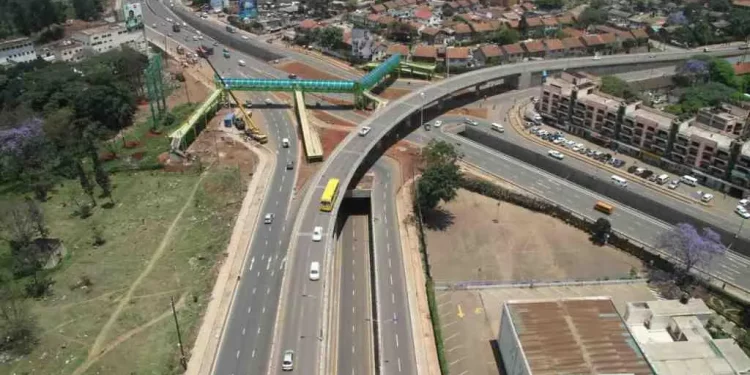In Nairobi’s urban landscape, the question of a residence’s location invariably prompts the query, “Which major road is it on?” Thika Super Highway, Waiyaki Way, Ngong Road, and Mombasa Road serve as arterial routes into the city, highlighting the paramount importance of accessibility in determining the desirability of a residential area.
Selecting an ideal place to live entails a multifaceted evaluation of various factors, with transportation emerging as an indispensable consideration. Whether it’s the daily commute to work, access to essential services, or the sheer convenience of navigating the city, the transportation network profoundly influences the suitability of a residential location.
For many prospective residents, the availability and reliability of public transportation options are pivotal in their decision-making process. Efficient public transit systems, encompassing buses, trains, or subways, offer residents a cost-effective and eco-friendly alternative to private car usage.
The impact of transportation accessibility extends beyond mere convenience, directly influencing access to crucial services and amenities. Residential areas proximate to the Central Business District (CBD), shopping centres, educational institutions, healthcare facilities, recreational areas, and other social amenities are increasingly coveted for their ease of access. The convenience of accessing these amenities without enduring lengthy journeys underscores the significance of robust transportation infrastructure in residential location choices.
As urbanisation accelerates and cities grow increasingly congested, the role of transportation in shaping residential decisions becomes ever more pronounced. In Nairobi’s context, the burgeoning population growth is exacerbating traffic congestion, necessitating heightened investment by the county government in initiatives aimed at enhancing connectivity and accessibility for its residents.
Transportation infrastructure stands as a pivotal determinant in the selection of a residential locale. From facilitating daily commutes to ensuring access to essential services and elevating overall quality of life, transportation accessibility remains a cornerstone consideration in the quest for the perfect place to call home. As individuals deliberate their options and prioritize their needs, the centrality of transportation accessibility in residential decision-making remains unequivocal.


















